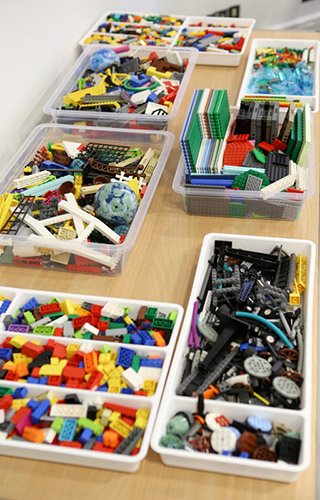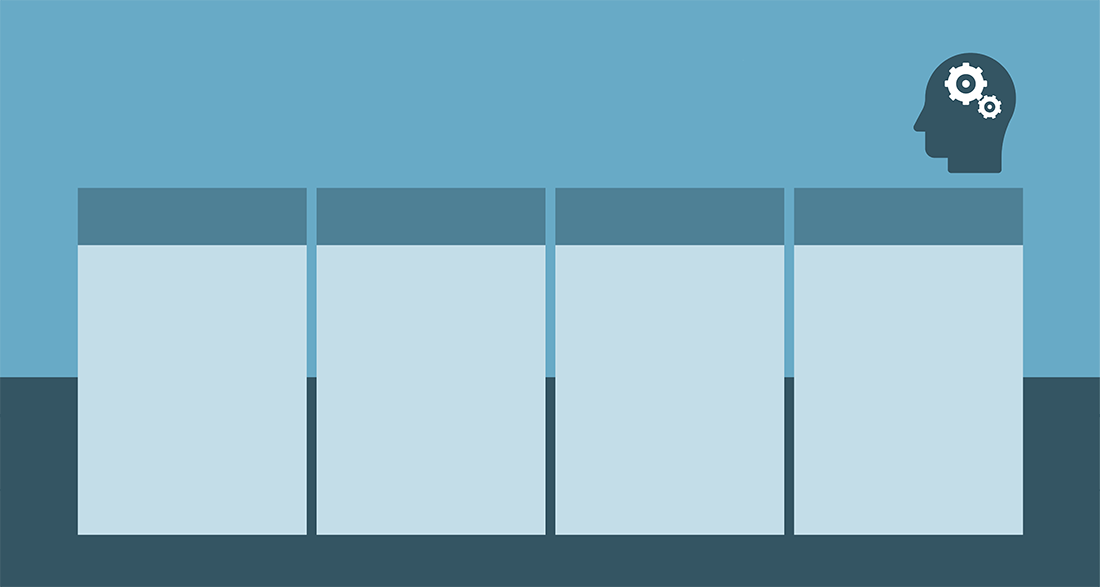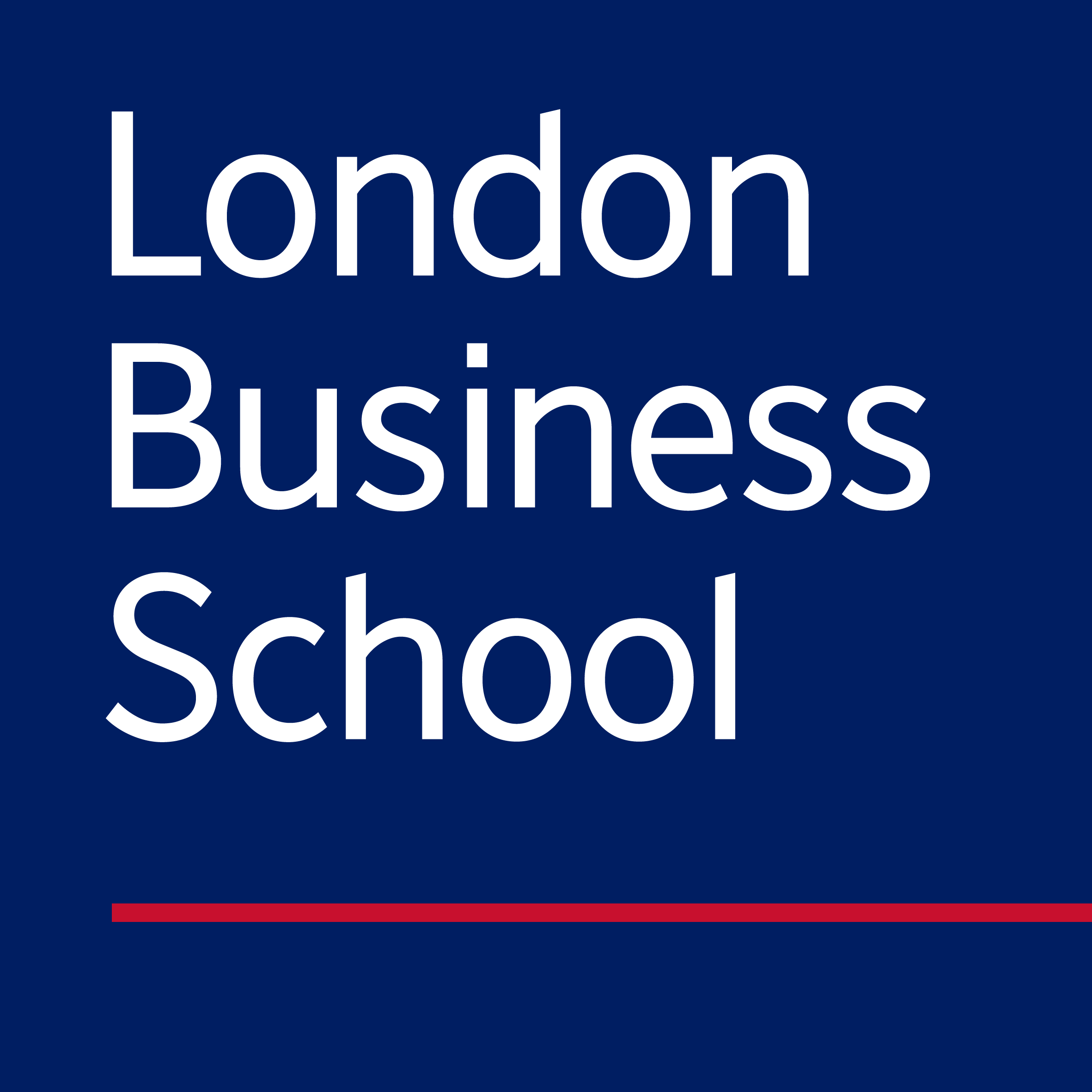![]()
| Students' prior knowledge can help or hinder learning. |
 |
Wouldn’t it be great if every student arrived with just the right level of prior knowledge, all at the forefront of their mind, with no misconceptions to get in the way? But, you probably know from experience, this doesn’t often happen. Students are not blank slates and every student comes armed with a lifetime of prior knowledge, beliefs and attitudes. They use these to filter and interpret what they are learning. So it’s important that we get the foundations right, in order to build new learning.

Click on the items below to explore the key foundations.
Research shows that learning is more ‘sticky’ when students can relate it to something they already know. But, you can’t simply rely on students to make these connections themselves. (Morris et al.1981 and Kole & Healy, 2007).

Help students activate the relevant knowledge by:
- Asking simple recall questions at the start of a lesson
- Asking students to work in groups to create concept maps or brainstorm what they already know about a topic or concept.
- Explicitly helping them make connections to prior learning (For example: “Remember last semester we looked at how….” You can do this for your own course and for learning they have gained through other disciplines as well.)
- Using analogies or examples from everyday life to help students ‘stick’ new concepts onto things they are already familiar with
It’s important to know that students have sufficient prior knowledge to be able to make sense of the learning. But it’s common for instructors to make inaccurate assumptions on how ready students are for a certain task. The reason for this is that prior knowledge can come in different forms and levels.
- What – Students can explain or define a concept.
- How – Students can apply the concept or follow a procedure.
- When – Students know when it’s appropriate to use the learning within a specific context.
(Anderson & Krathwohl, 2001; Anderson, 1983; Alexander, Schallert, & Hare, 1991; DeJong & Ferguson-Hessler, 1996)

Be clear in your own mind about the prior knowledge a student will need in order to complete a task. Remember not to just think about what they need to know, but also the knowledge and skills they need to apply it (how) and recognise when it’s appropriate.
Set diagnostic assessments prior to starting a course or topic to help assess gaps in students’ knowledge. Or consider setting prerequisites for taking the course.
If it becomes clear that insufficient knowledge is a barrier to students' learning, you need to decide how to bridge the gap, as continuing to add new complexities of learning is unlikely to be effective. If it’s just one or two students that are affected, you might want to share additional material or formative feedback that will help bridge the gap. If it’s a significant proportion of the class, it may be necessary to take time out of the planned curriculum to deliver a remedial session.
What happens when students bring with them prior knowledge that is downright wrong? Research shows that inaccurate prior knowledge can cause a barrier to learning. As students unsuccessfully try to ‘stick’ new learning to flawed beliefs or inaccurate mental models, they tend to ignore or reject the new knowledge, rather than change or adapt their existing beliefs.
How can you help students avoid getting stuck in an inaccurate rut? Well, this largely depends on the type of inaccurate knowledge you are dealing with.
Simple facts or isolated beliefs: These can generally be corrected by presenting students with a revised explanation, argument or evidence.
Theories or beliefs that are integrated into wider mental models: Again, these can often be corrected by presenting alternative explanations and evidence. But the process is likely to take longer than for simple isolated facts and beliefs.
Misconceptions: These are models or theories that are deeply embedded in the students' thinking and world view and because of this are very resistant to change. This is often because they have been reinforced many times over a long period of time and in different ways. They are also often made up of a combination of accurate and inaccurate elements — meaning that students are less able to see the flaws in their thinking, because parts of the view are justified.
This can be particularly problematic when dealing with judgemental stereotypes or deeply rooted beliefs. Research shows that, although these can be difficult to change through formal instruction, students can learn to suppress these beliefs and to rely more on rational analysis. However, because this requires more cognitive energy, they can easily slip back to old ways of thinking in pressurised situations.

Predict and Test
Challenge students' flawed models or beliefs by asking them to make a prediction and then to test them. Support students in drawing out the flaws in their original thinking.
Justify
Ask students to justify their reasoning. For some students this will help reveal the internal contradictions and make them more open to new knowledge. This is unlikely to work for deep-rooted misconceptions, though.
Bridging
Build on the accurate parts of students’ knowledge to gradually move them away from misconceptions through a series of mini steps that correct the inaccuracies.
Repeat Practice
You need to allow enough time and space for the student to keep practicing and applying the accurate knowledge. Misconceptions reinforced over a long period of time can’t be undone with a single learning intervention.
Sometimes students’ prior learning isn’t inaccurate, it's just inappropriate for the current learning context. Let’s look at some common examples of this and how you can overcome them.

Students tend to rely on their everyday understanding of a term and inaccurately apply it to a technical context. Here their correct knowledge of the everyday term is a barrier to learning about the technical context. For example: The word 'random' in everyday parlance is different to its meaning in statistics.
- Make it clear to students when it’s appropriate to use their prior knowledge and when it’s not.
- If there are no hard and fast rules, try getting students to apply these terms to a range of problems or contexts and decide if it is applicable, giving their reasoning.
Analogies are great learning tools that help students see the familiar in the unfamiliar. However, if taken too literally they can cause problems.
- If you’re using analogies, it’s important to explain the differences and limitations as well as the similarities.
There are times when learning is correct for one discipline but inappropriate for another. For example: Creative writing techniques would not be appropriate in a lab report.
- Students aren’t blank slates; whatever you teach them is going to build on their prior knowledge.
- You need to find out what their prior knowledge is and choose the correction strategies depending on whether it’s insufficient, inaccurate or inappropriate.
- To make learning ‘sticky’ make sure you activate prior learning at the start of a course, topic and lesson.
